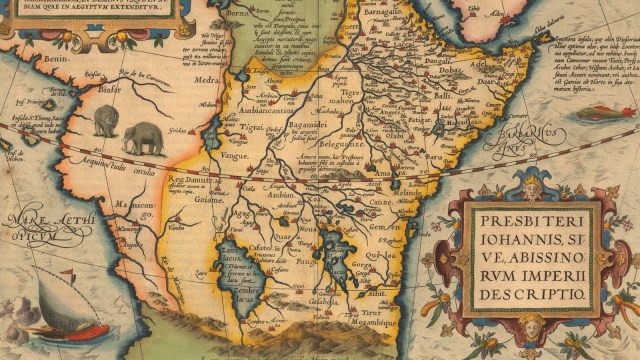448 – Germany’s Worst School Names
Is there such a thing as collective guilt? Or if not that, then at least some kind of national responsibility for past state crimes? Was the Nazi period a freak of history, or an inevitable culmination of the revanchist, reactionary forces of German nationalism? And what did grandad do during the War?Those are just some of the issues that are the burden of every German born after 1945 – a peculiar variant on the concept of original sin.
Over six decades now separate us from the end of World War Two, but the conflict will not – will not be allowed to – fade away from German national consciousness. Post-war Germany’s actions on the European and world stage for the most part have been motivated by the responsibility of atonement for the war (1), and the apprehensive avoidance of any international grandstanding. Whether or not it was Helmut Kohl who said that “Europe should not become German, but Germany should become European,” the quote correctly identifies Germany’s exemplary pro-Europeanness as an essential part of its post-1945 identity.
The flipside of Germany’s new, post-war identity is a complete rejection and reversal of its pre-war and wartime Nazi ideology. This might seem like the obvious and only possible course, given the extent of the Nazi regime’s reprehensible belligerence, heinous perfidy and horrid crimes against humanity. However, the quasi-absoluteness of denazification in Germany contrasts markedly with Japan’s reluctant retro- and introspection vis-a-vis its wartime guilt (2).
And yet, despite the official attitude that fascism is not an opinion, but a crime (Faschismus ist keine Meinung, sondern ein Verbrechen), expressly criminalising the outward signs of Nazism (e.g. the swastika, the Nazi salute, denial of the Holocaust, publication of Mein Kampf), mementos of the other, older, evil Germany keep resurfacing. In recent years, several German cities have publicly retracted the honorary citizenship bestowed on Adolf Hitler in tempore suspecto (3): Düsseldorf (2000), Aschersleben (2006), Bad Doberan and Biedenkopf (2007), Kleve (2008), and Forst/Lausitz (2009), among others.
This map shows another clattering of skeletons in Germany’s closet (4). Under the ironic title ‘Germany’s most beautiful school names’, it catalogues German schools bearing the names of Germans with a less than salubrious track record during the Nazi years. The offending names are:
Many thanks to John D. Boy for sending in this map, found here on Extra 3, a blog associated with the northern German tv station NDR Fernsehen. Germans have, it seems, a bit of a tradition of humourous maps of their country. See also the Deutschlandkarte showing clusters of hair salon names, discussed earlier on this blog (#385).
—–
(1) whether the First One needs to be included in this exercise in atonement is a whole different can of worms.
(2) for a revealing comparison of the post-war attitudes on responsibility and rememberance, read Ian Buruma’s excellent book on the subject: ‘Wages of Guilt: Memories of War in Germany and Japan’).
(3) The retractions were largely symbolic, as honorary citizenship (Ehrenbuergerschaft) is considered voided by the death of the person thus honoured.
(4) If you’ll pardon the expression. Also: what is the correct collective noun for a group of skeletons?
(5) Wernher von Braun of course became a respected member of the American scientific community, contributing to the American space programme. A multipurpose indoor arena in Huntsville, AL was named after him (the Von Braun Civic Center – VBCC).






